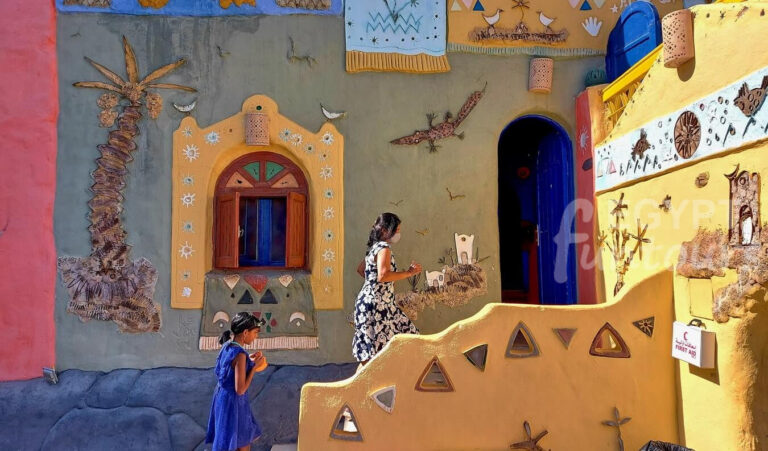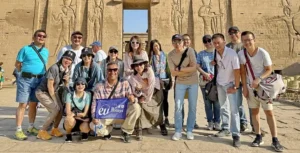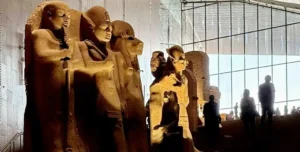When we picture ancient Egypt, we see the Great Pyramids, the golden mask of Tutankhamun, and towering, carved temples. But who actually built these timeless wonders? Beyond the pharaohs who commissioned them and the scribes who recorded them, a vast and vital class of skilled artisans and ancient Egyptian craftsmen brought these visions to life. As one of the most critical categories of ancient Egyptian jobs, this group included everyone from the humble potter shaping clay jars to the master goldsmith inlaying a pharaoh’s coffin.
This guide explores the fascinating world of these ancient masters—their techniques, their tools, their daily lives, and their crucial role in building the wealth and legacy of an entire civilization.




























